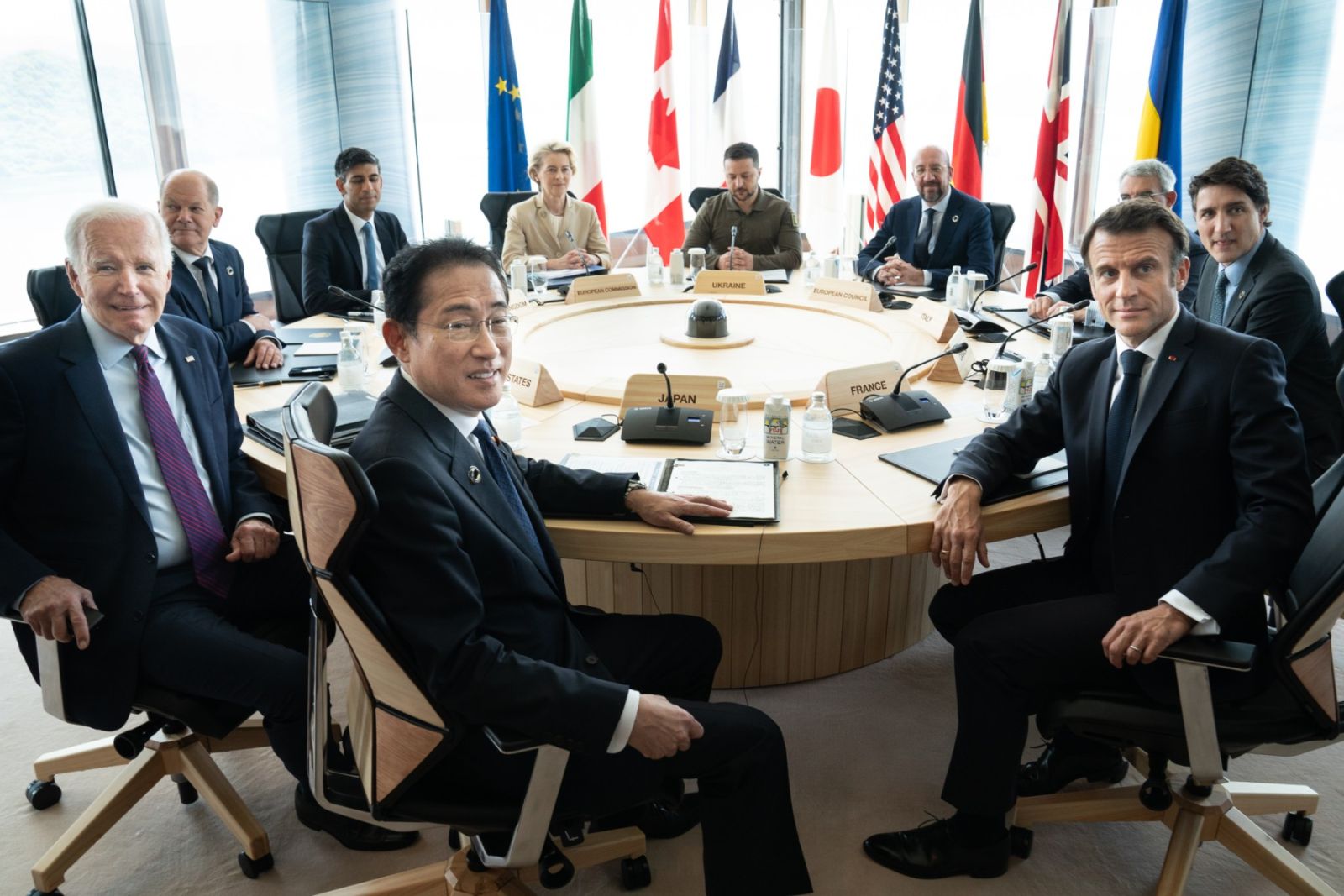Sanctions, politicization of US dollar drives de-dollarization
ALBAWABA – De-dollarization is occurring at a fast pace, threatening the dominance of the United States (US) dollar, news agencies have reported.
In an exclusive to Reuters, Friday, Andrei Kostin, the CEO of state-controlled VTB, Russia's second-largest bank, said "the long historical era of the dominance of the American dollar is coming to an end."
Earlier in June, strategists at JP Morgan also told Reuters that signs of de-dollarization are becoming more evident.
Adjusting for exchange rate movements, the dollar has lost about 11 percent of its market share since 2016 and double that amount since 2008, experts told Bloomberg back in April.
The greenback's share of foreign exchange trading volumes stands at around 88 percent, Reuters reported, and its use in trade invoicing has not changed much over the last couple of decades.
Reality of de-dollarization
China's yuan, on the other hand, now accounts for a record high of 7 percent of foreign exchange trading, which is still a small figure. Whereas the euro's share has shrunk slightly, to 31 percent, over the last decade, in light of ultra-low interest rates.
But in other areas, however, apart from foreign exchange trading; the dollar has seen significant erosion.
For example, in central bank reserves, the dollar’s share has declined to a record low of 58 percent.
Although that is still by far the largest share of any global currency, it drops further when accounting for gold, which now comprises 15 percent of reserves versus 11 percent five years ago.
Meanwhile, trade invoicing has not seen much change, with the dollar and euro maintaining a steady 40 to 50 percent share. However, the US share of global exports is now estimated at a record low of 9 percent, compared to a record high of 13 percent for China.

“The dollar suffered a stunning collapse in 2022 in its market share as a reserve currency, presumably due to its muscular use of sanctions,” Eurizon SLJ Capital Ltd. Experts explained to Bloomberg.
The US enacted a set of sanctions against Russia, in the wake of the Russian-Ukrainian war. The sanctions and the war, combined, led to skyrocketing inflation, globally. The rising inflation triggered wide scale interest rate hikes, led primarily by the US Federal Reserve (Fed).
Last year, Bloomberg’s gauge of the greenback surged as much as 16 percent as the conflict-driven interest rate hikes sank bond and currency markets alike. It finished the year up 6 percent.
As importing becomes more expensive for countries, given the high US interest rates, other countries start to push their currencies to substitute the US dollar in foreign exchange transactions.
Smaller nations are experimenting with de-dollarization, Bloomberg underlined, to save costs.
In the meantime, China and India are pushing to internationalize their currencies for trade settlement after the US and Europe cut Russian banks from the global financial messaging system known as SWIFT.
The Yuan, for instance, surpassed the US dollar in foreign Chinese trade transactions for the first time earlier this year.
Sanctions and de-dollarization
Not to mention that nations are becoming more concerned about the dollar becoming a permanent political tool, forcing countries to enforce sanctions and policies they may disagree with.
According to Kostin, sanctions may actually alienate third world countries and push them to adopt other currencies to settle transactions in. They are also, at least in the case of VTB, not as effective as the US had hoped.
VTB would see a profit of $4.9 billion in 2023 after a bumper first five months of the year and a record loss last year, he told Reuters.
Russia's economy, he said, would not be broken by the West.
The International Monetary Fund in April raised its 2023 Russian GDP forecast to growth of 0.7 percent from 0.3 percent, but lowered its 2024 forecast to 1.3 percent from 2.1 percent.
Notably, Russia is a founding member of the BRICS bloc, including Brazil, India, China, and South Africa.

Earlier in March, in New Delhi, Alexander Babakov, deputy chairman of Russia’s State Duma, said that Russia is now spearheading the development of a new currency, the Foreign Policy reported in April.
This new currency will be used for cross-border trade by BRICS nations, Babakov said.
Weeks later, Brazil’s president, Luiz Inàcio Lula da Silva, raised the question, “Why [do] all countries have to base their trade on the dollar,” he said in Beijing.
Simply put, the BRICS is a bloc of up-and-coming discontent nations who, on the scale of gross domestic product (GDP), now collectively outweigh not only the reigning hegemon, the US, but the entire Group of Seven (G7), according to the Foreign Policy.
The G7 is an intergovernmental political forum consisting of Canada, France, Germany, Italy, Japan, the UK and the US.

In other words, de-dollarization in the world’s second largest economic bloc can be dangerous.
Noteworthy is the fact that the G7’s GDP is far larger than BRICS’.
The combined GDP of G7 countries is estimated at nearly $46.13 trillion in 2022, according to World Economics, compared to the BRICS’ $26.03 trillion, as reported by Statista.
However, the BRICS’ contribution to the global GDP, at 31.5 percent, has exceeded the G7’s 30.7 percent, the Silk Road Briefing reported in March.







